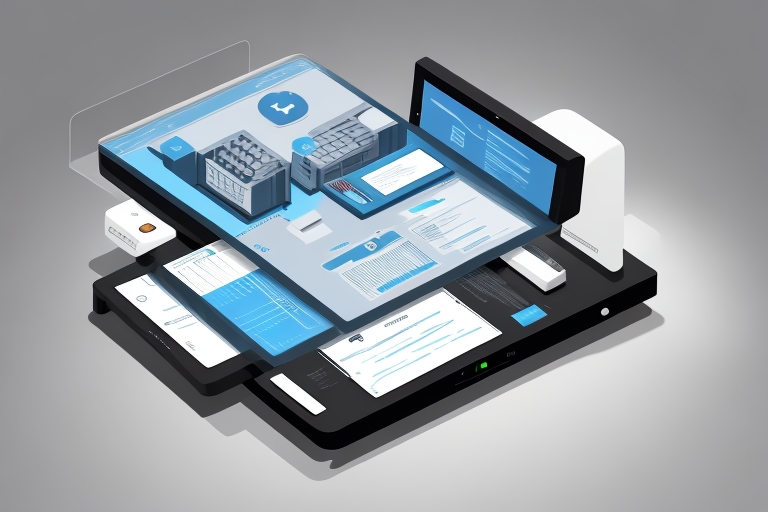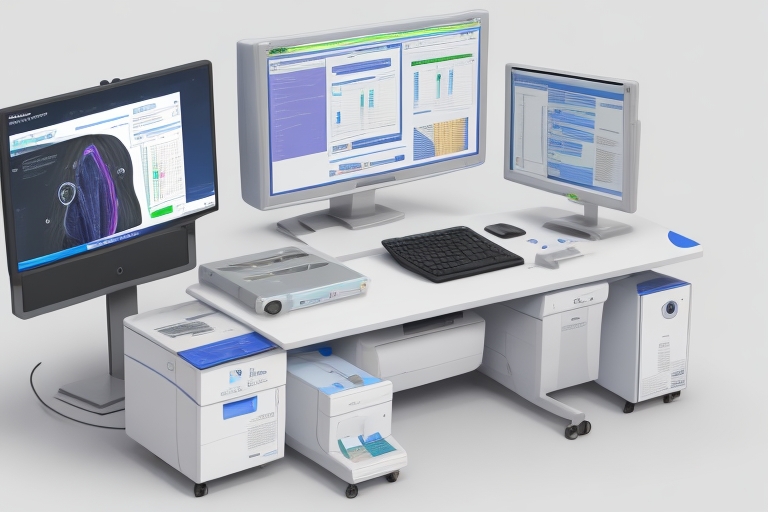Digital drugs that shake up the codes of the pharmaceutical world

- September 27, 2022
- allix
- AI Projects
It was in 2017, in the context of the opioid crisis, that the FDA (Food and Drug Administration) licensed a “digital drug” or DTx for the first time. This is the product “reSET” of Pear Therapeutics. reSET is a device that consists of a twelve-week program to treat addictive substance use disorders (cannabis, cocaine, or alcohol), through the use of behavioral and cognitive techniques.
It’s a bit like relying on the idea that digital technologies, now considered medicines, could “reset” (reset) mistakes of the past. And it will be remembered that the deleterious effects of certain addictive drugs are partly the responsibility of this same regulatory agency.
Beyond this meaningful coincidence, how can we understand the emergence of this new class of digital therapeutic devices? And above all, what are the processes by which digital technologies become not only health products, but also drugs validated, prescribed, and possibly reimbursed by private or public collective insurance?
We propose to shed light on the ways in which DTx invites to rethink pharmaceuticalization, which can be defined as the process by which pharmaceutical drugs become solutions to more global health problems. The nuance with DTx is that the regulatory evaluation and approval process, which guarantees safety, efficiency, and economic profitability, is aimed at their digital form (and not their chemistry or biology). It would actually be a digital encapsulation mode. Let’s see how.
The different types of DTx
First, it is essential to distinguish DTx from “wellness applications”. Not all digital therapies offered on the market are digital medicines. DTxs are distinguished in that they receive approval from a regulatory authority, thus allowing, in addition to its marketing, its reimbursement. This is what the FDA calls the “Software as a Medical Device (SaMD)”.
It is, therefore, necessary to distinguish between digital health (combining applications and other tech which do not require clinical evidence), digital medicine (which relies on clinical evidence, but does not necessarily require regulatory approval), and digital therapies (which require regulatory approval).
Digital therapies work almost entirely via an application and essentially treat chronic diseases. There are three distinct branches of digital drugs. First, there are digital drugs based on gamification, in the form of video games. For example, we are talking about the video game “Somryst” approved by the FDA, which treats chronic insomnia in adult patients.
Secondly, we list the digital drugs based on the mobilization of the senses or sensitive digital therapies. “Lucine”, a personalized digital therapy for chronic pain relief, is a good example. With Lucine, the treatment is done from the diffusion of sounds, images, or even lights.
Finally, there are digital drugs as tracking applications. For instance, “Diabeloop” is an application for empowering follow-ups based on a self-learning algorithm, developed for people with diabetes. This therapy is approved by the French authorities and can be reimbursed by certain types of insurance.
With or without medication
DTxs are not just virtual devices; they can also be deployed in conjunction with existing physical devices. Indeed, there are two different strategies deployed by the giants of the pharmaceutical industry: “standalone” or “around the pill”. In the first setup “stand-alone” (independent DTx), the company creates an entirely new digital therapy to treat a disease. In config “around-the-pill” (DTx in support of an existing drug), the company will rather seek to develop a digital treatment complementary to the use of an existing drug.
For instance, the “DBLG1” algorithm developed by Diabeloop, is associated with a continuous glucose sensor (CGM) and an insulin pump. Every five minutes, a blood glucose result is sent to a terminal via Bluetooth technology. The DBLG1 artificial intelligence analyzes the data in real-time and calculates the right dose of insulin to administer according to the patient’s personalized biological parameters (age, weight, elimination rate) as well as the information provided (meals, physical activity). The body is thus calculated and digitized. And the data generated comes back to him in the form of an insulin injection.
This “around the pill” approach is an example of a DTx that does not replace regular medication but works alongside it to treat an aspect of the disease that medication alone cannot solve.
Note that the development of a DTx is estimated at three to four years on average compared to more than twenty years for the development of a molecule. A speed that promotes a rapprochement between the digital and pharmaceutical industries, for certain types of treatment.
New digital and pharmaceutical alliances
Based in the United States, the “Digital Therapeutics Alliance (DTA)” is the association of stakeholders in this new sector. Its mission is to expand adoption, coverage, and access to clinically validated DTx. By engaging directly with federal officials and submitting comments on proposed rules and regulations, the DTA “ensures” that the interests of its members are considered in policy decisions that will have an economic impact. Members including Pear Therapeutics, Roche, Bayer, and Novartis.
In the United States, the marketing of the digital drug “reset” was carried out in close collaboration with the Sandoz subsidiary of the pharmaceutical group Novartis. Although the partnership between Pear Therapeutics and Sandoz has been terminated (apparent divergence on the long-term vision around strategic objectives), the fact remains that the company Pear Therapeutics has acquired strong expertise in transforming its digital therapies into drugs. recognized.
The company now has three approved DTx: “reSET” (addiction treatment), “reSET-O” (treatment for opioid addiction), and “Somryst” (treatment for insomnia). But above all, the company, founded in Boston, presents on its website an impressive list of products under development, as evidenced by “its pipeline”.
In his last Activity Report, Pear Therapeutics reported a 4-fold increase in prescriptions for all three FDA-labeled products between 2021 and 2022 and expanded patient access with insurance from the states of Michigan and Oklahoma, representing growth of around 20%. Indicators that appeal to the financial markets.
The challenges of digital pharmaceuticalization
In the end, these new alliances between digital and pharmaceutical companies suggest already well-known practices of economic capture and commodification of health. But this phenomenon is also “innovative”, as we like to say in the sector since it is based on pharmaceutical formatting of the digital.
Several questions remain unanswered. How will doctors prescribe these digital drugs? As shown by the figures in Germany, it would seem that general practitioners are not yet ready. Will they want to enter into a digital clinical relationship with their patients?
The therapeutic effects of these drugs will result from significant side effects, including addiction to screens or digital environments. What type of pharmacovigilance should we have in place to ensure the safe use of these drugs?
In addition, the challenges of digital medicines will not only revolve around the health of the patient but will also concern the protection and enhancement of this data, in a context of strong economic expectations.
This is the magnitude of the task awaiting regulators and a necessary “digital public health”, particularly in Canada, which still has little experience in this area.
Categories
- AI Education (39)
- AI in Business (65)
- AI Projects (87)
- Research (107)
- Uncategorized (5)
Other posts
- Medical Treatment in Brazil: Advanced Healthcare, Skilled Specialists, and Patient-Focused Care
- Dental Treatment in China: Modern Technology, Skilled Dentists, and Comprehensive Care for International Patients
- Plastic Surgery in China: Advanced Aesthetic Medicine Supported by Precision, Innovation, and Skilled Specialists
- Ophthalmology in China: Advanced Eye Care Guided by Innovation, Expertise, and Patient-Focused Treatment
- Finding Care, Calm, and Confidence: Why Patients Are Looking Toward Beroun in the Czech Republic
- Choosing Health, Energy, and a New Future: Exploring Gastric Bypass in Diyarbakır, Turkey
- When Facial Hair Tells Your Story: Considering a Beard Transplant in Phuket, Thailand
- When Prevention Becomes Power: Understanding Liver Cirrhosis Risk and Modern Screening Approaches in Spain
- When the Abdomen Signals Something Serious: Understanding Abdominal Aortic Aneurysm and Getting Expert Evaluation in Islamabad
- When Back Pain Becomes More Than “Just Pain”: Understanding the Need for Microdiscectomy
Newsletter
Get regular updates on data science, artificial intelligence, machine




